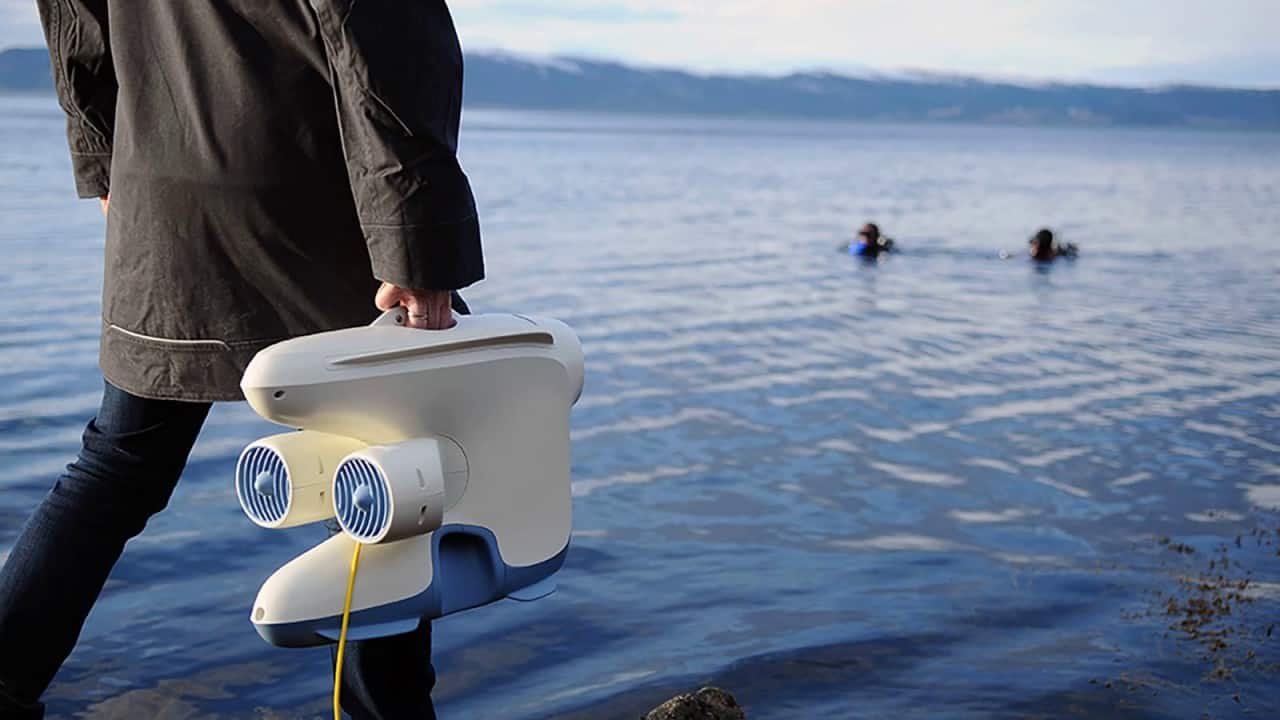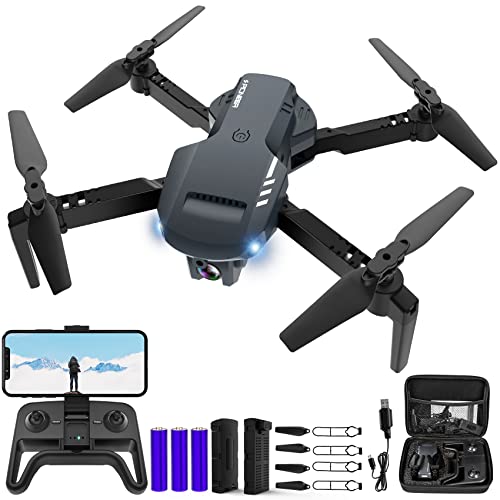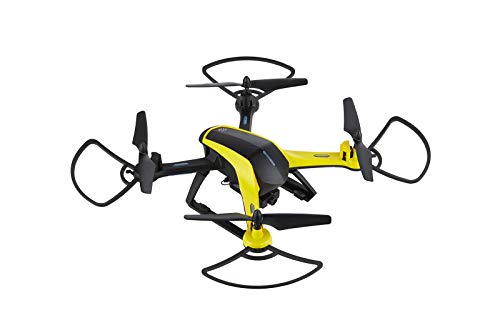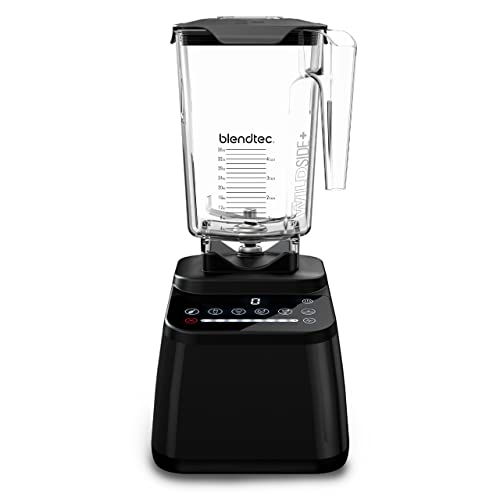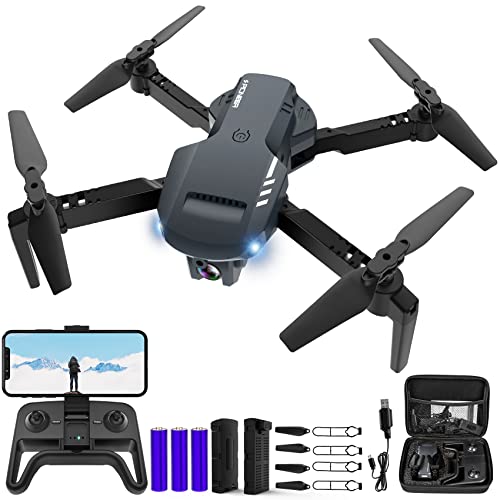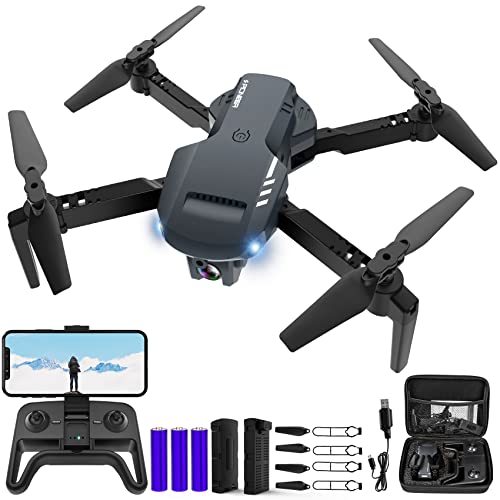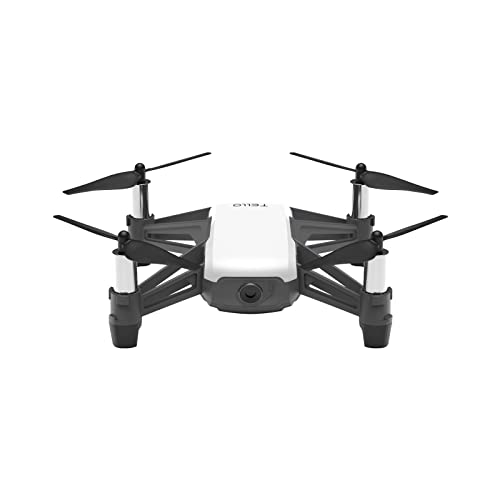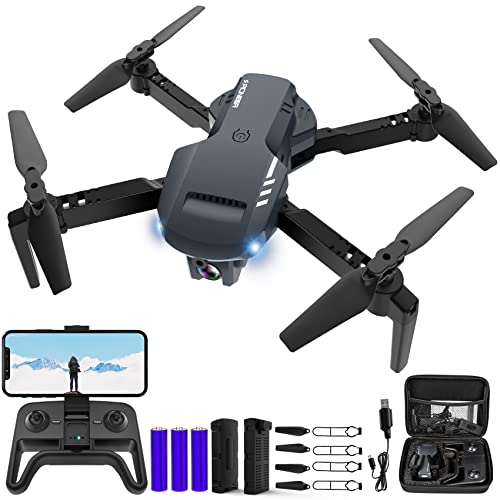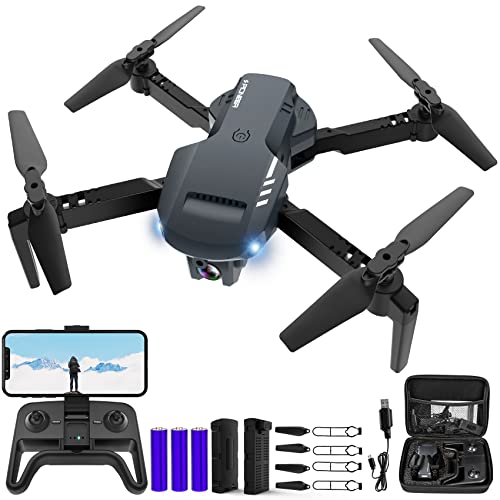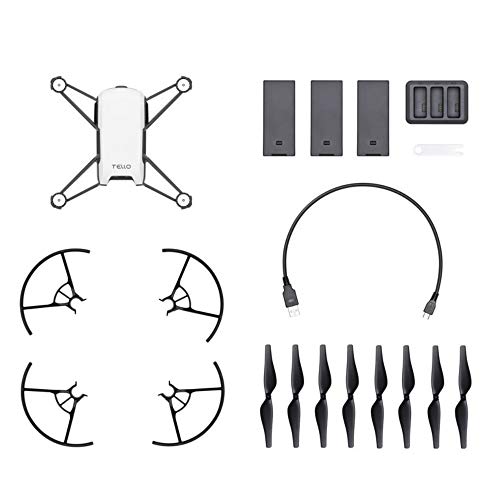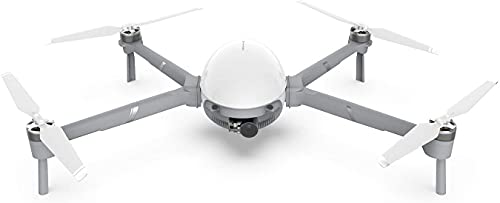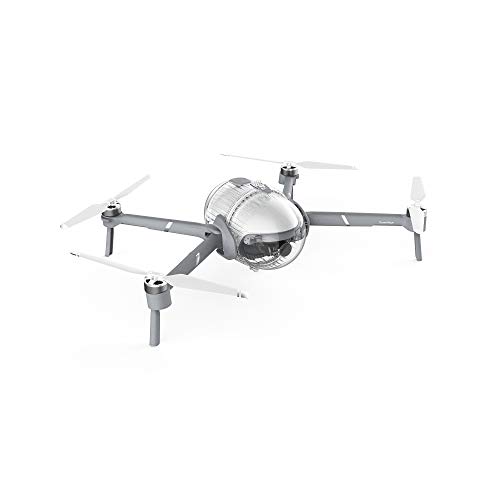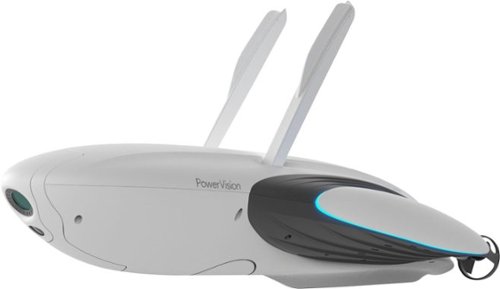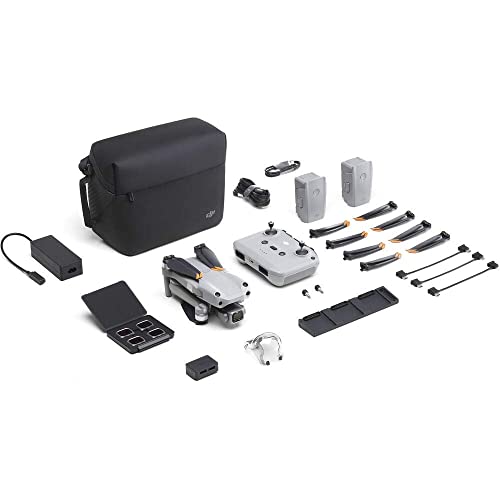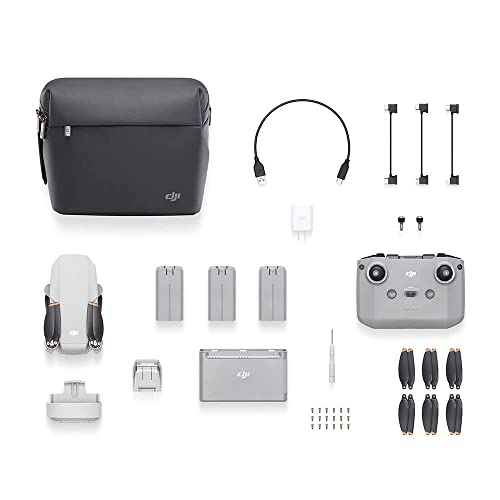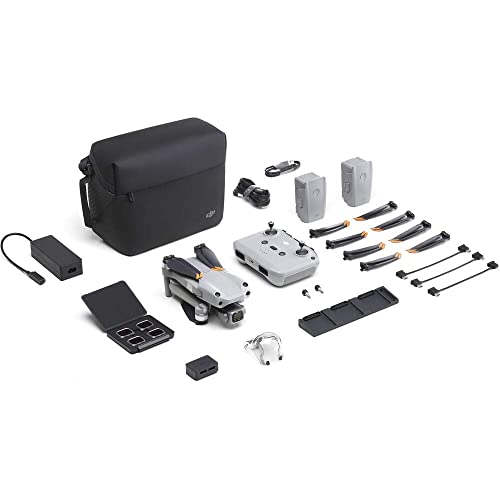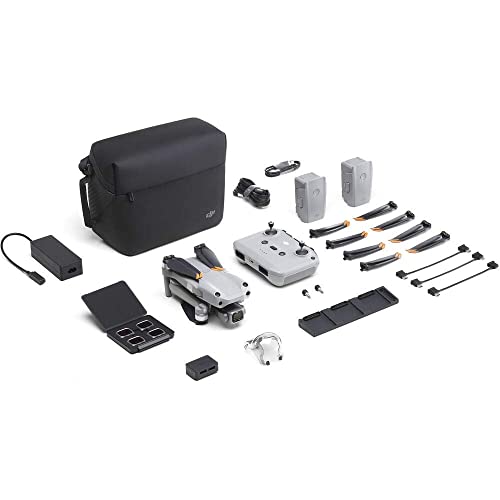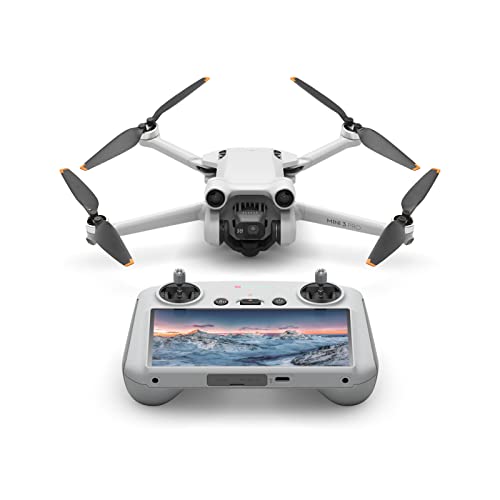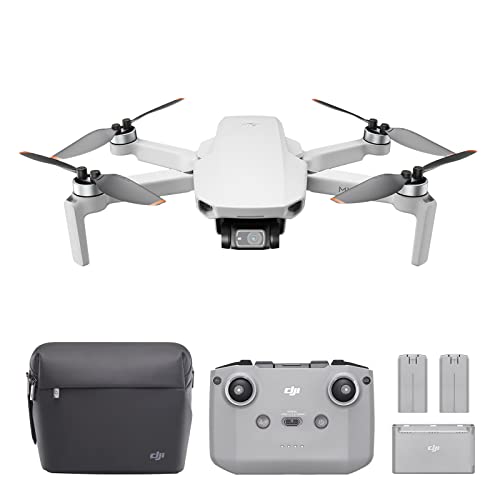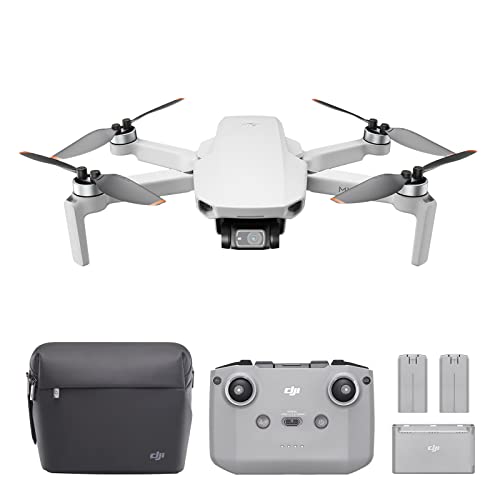If you’re in the market for the top drone, you might have considered how to design your own. While the process can get complicated, every drone design will consist of essential parts, such as a flight controller, drone frame, motor mountings, and the like. However, there are some pitfalls to avoid while taking your initial design from the drafting table to the sky. So, before becoming an amateur aircraft designer, read our guide on how to design a drone.
KEY TAKEAWAYS:
- Designing a drone is as much about flight efficiency as physical features, such as motors and battery power.
- You will need some programming skills to design autonomous systems for your unmanned aircraft.
- A 3D printer makes building a well-balanced drone much easier than hand-cutting basic geometries.
How to Design a Drone
Building an FPV drone using a pre-approved kit is an excellent policy, but some users want a more personal drone for recording vacation footage or zipping around the neighborhood. That said, if you want happy flying experiences, you’ll need to keep some design tips in mind to avoid having to get your drone out of a tree during the initial testing.
Insider Tip
3D printing your parts will give you more exact measurements and make your basic shape more balanced and aerodynamic.
Even if you know how to 3D print a drone, you’ll want to follow this guide for the easiest flight time. In addition, you should learn how to fix a drone motor before taking your drone kit for its maiden voyage.
Frame
Commercial drones often have sleek form factors to hold all of the wirings and enhance flight efficiency. The frame contains the drone chassis for all of the equipment used in the drone. You’ll also want to consider how to waterproof the drone if you plan on taking it on or near water.
Motors & Propellers
Unlike a fixed-wing aircraft, a drone chassis depends on multiple motor mountings and propellers to move through the air. They also use this tech to stay stable and perform advanced maneuvers. We recommend using brushless motors with the same thrust rating to ensure stability.
Battery
The battery tray placement is almost as important as where you place the motor mount. You’ll want to ensure that your battery delivers enough flying time without weighing down the aircraft. We encourage you to use a standard charging method, so you won’t need to charge the drone battery without the charger.
Controller
Choosing a suitable controller will inform various design choices, such as if you want to make a drone with a camera. Conversely, you could opt for a camera-free setup that lets you focus on a controller for increased maneuverability and speed.
Warning
Avoid carbon fiber threads because they can strip over time, especially if you experience bad wrecks or high falls.
F.A.Q.S
How much does it cost to build a drone?
The average cost to build a personal drone is about $300-$500, but the price can rise significantly depending on the technology and features you want.
Can drones lift a person?
Your typical commercial drone cannot lift heavy loads like a person. That said, there are military drones and delivery drones that can transport supplies and cargo. A delivery drone performance model like that would be capable of lifting a person.
Which software is used for drone designing?
Some experts opt for an aircraft design software package because it makes finding the center of gravity much easier. Additionally, CAD/CAE software delivers a 3D model, which offers better accuracy than a detailed drawing or blueprint.
STAT: The FAA set the legal speed limit for drones at 100 mph (87 knots). (source)

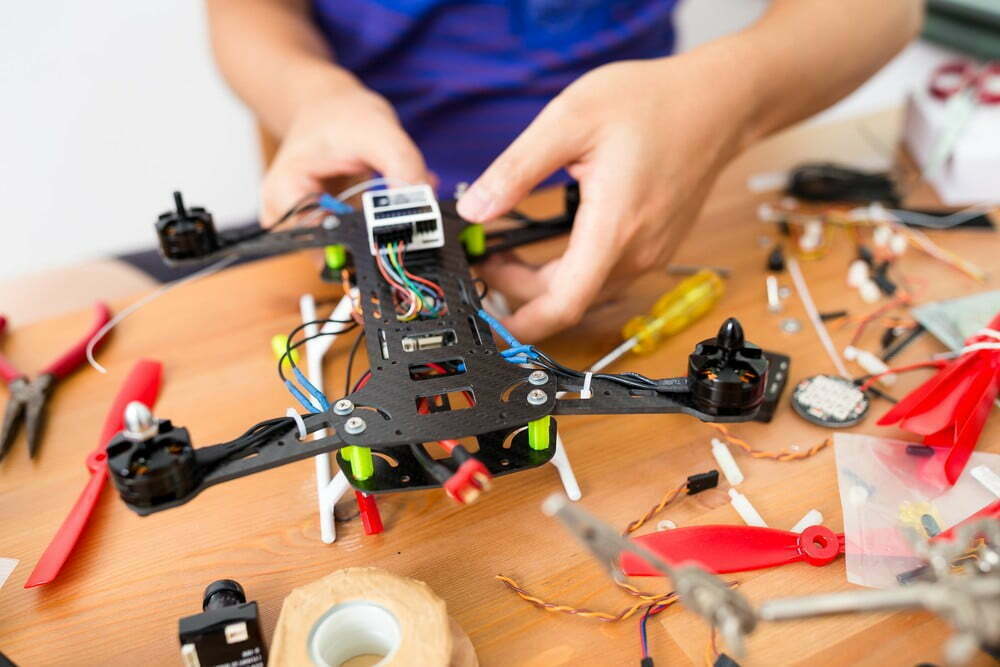












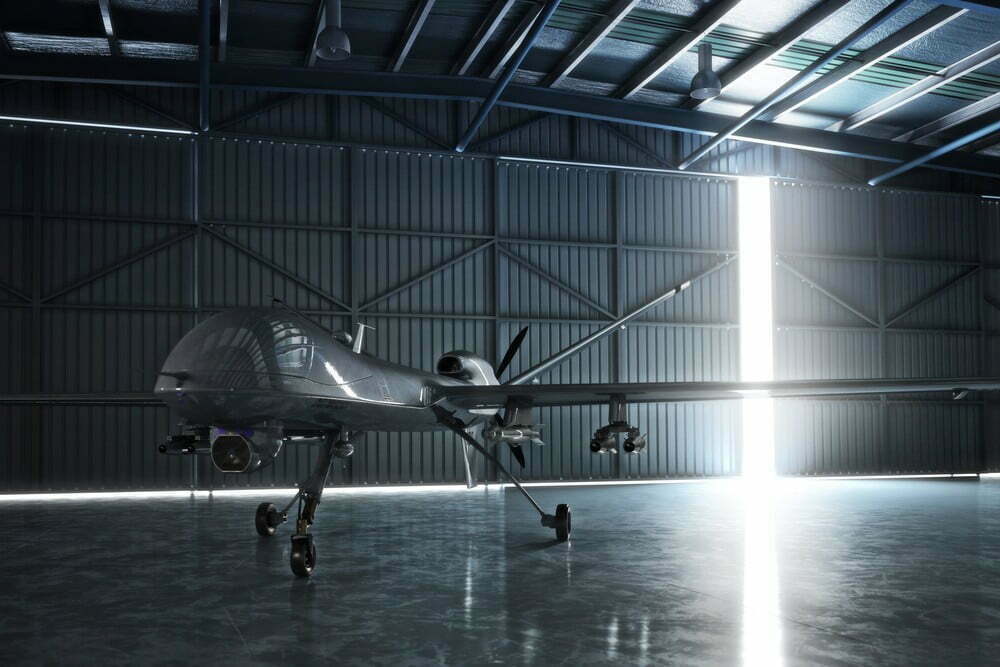
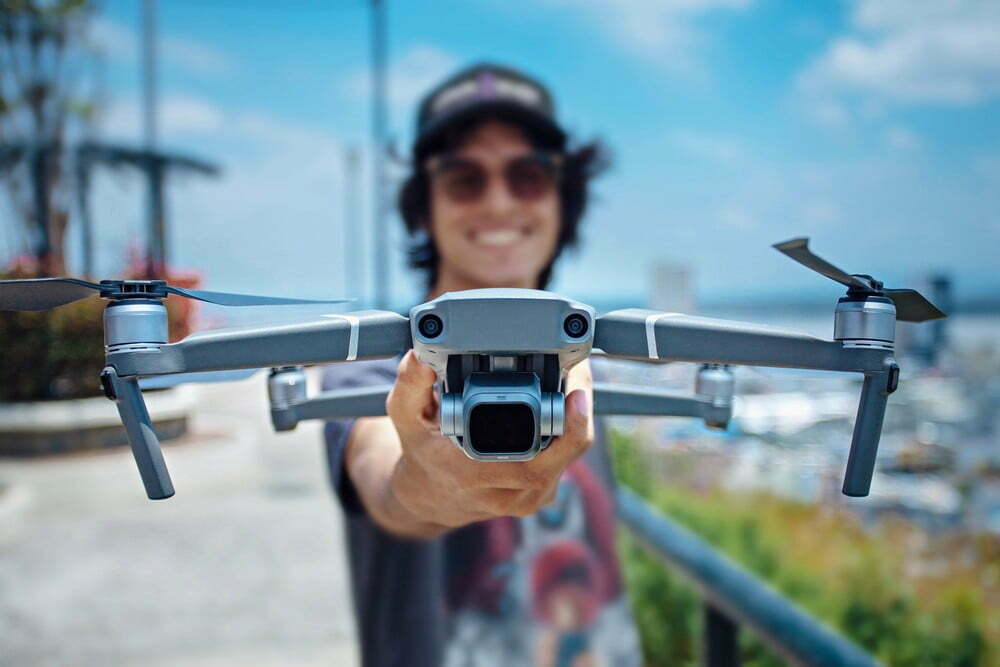
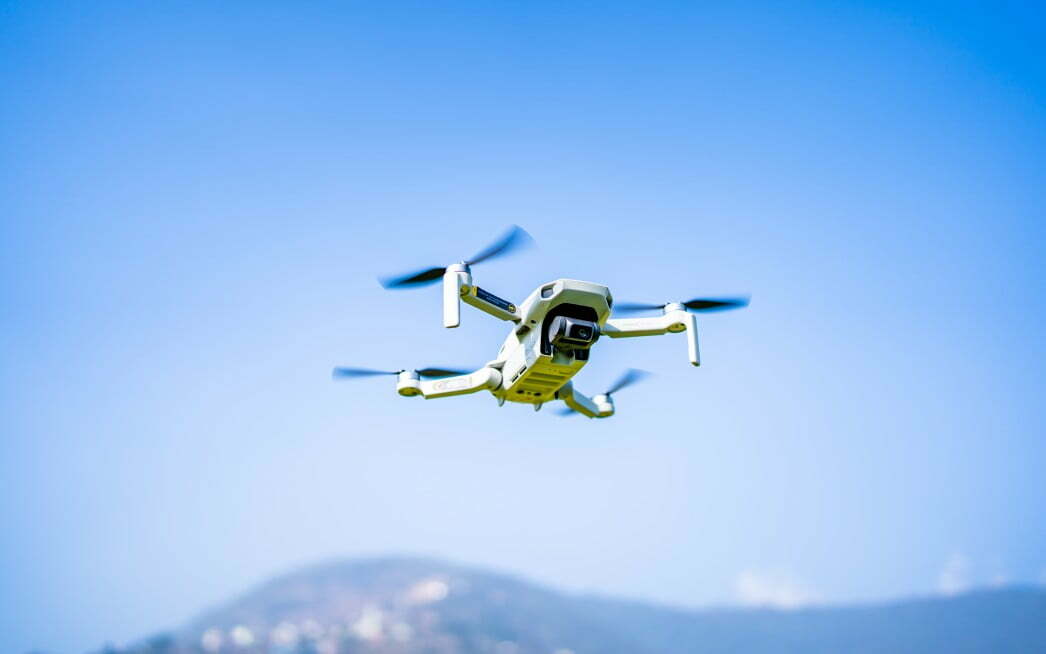
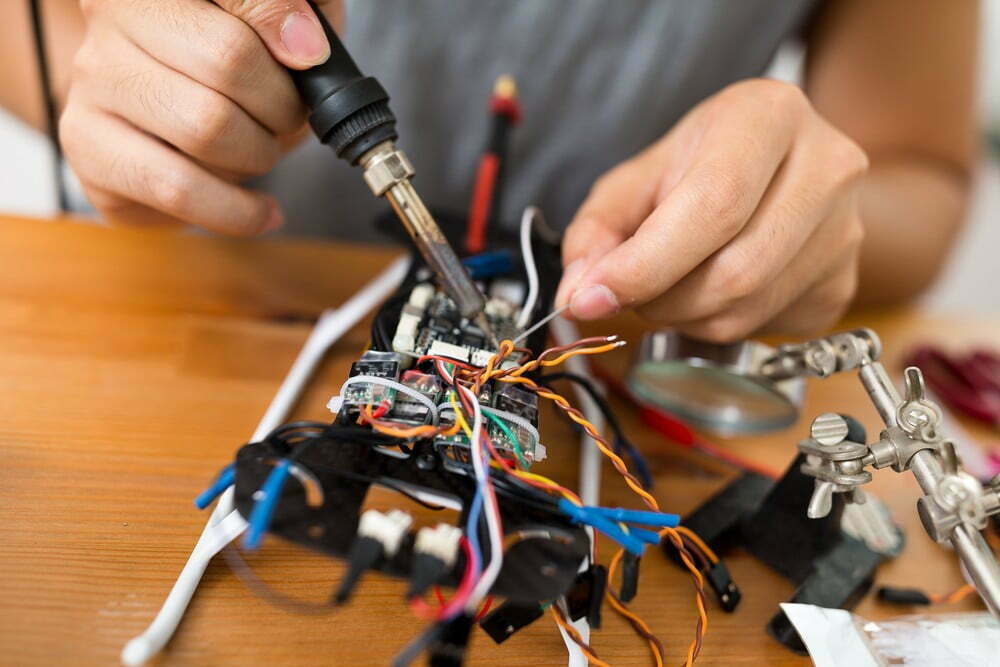
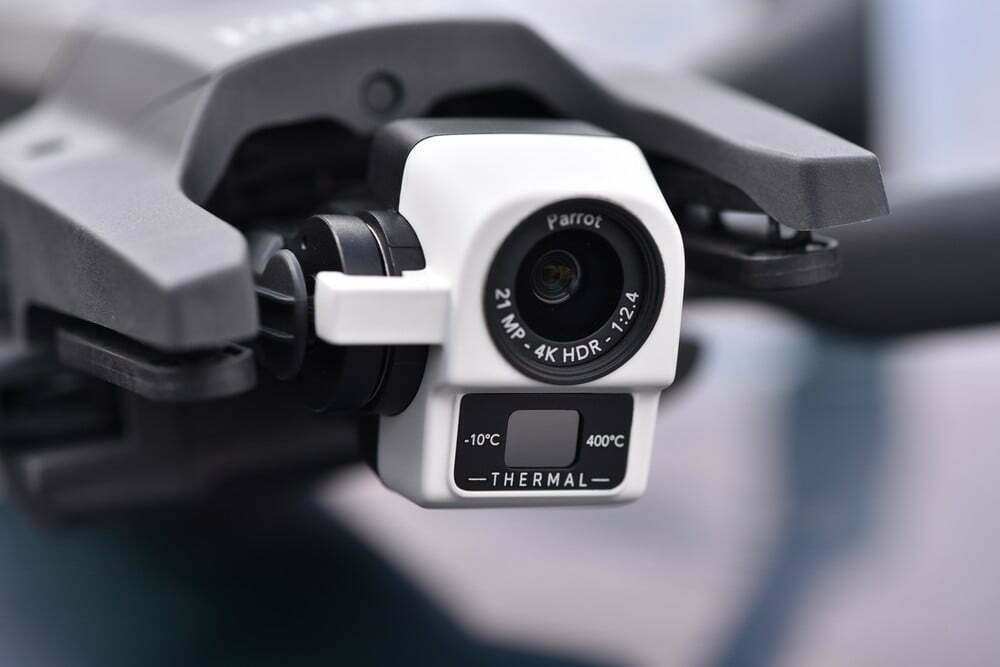
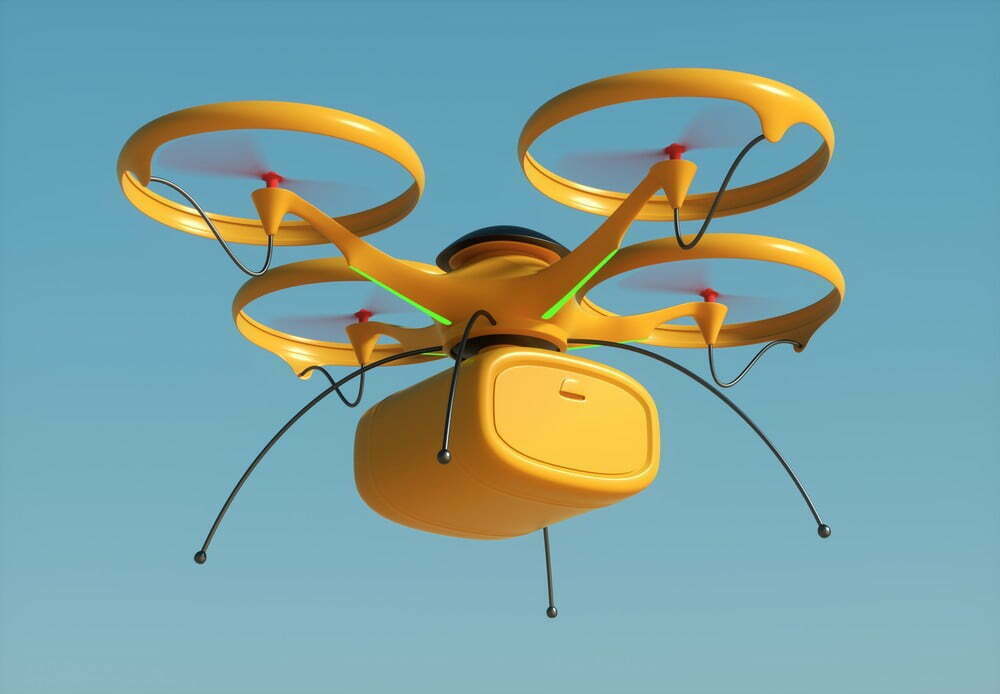
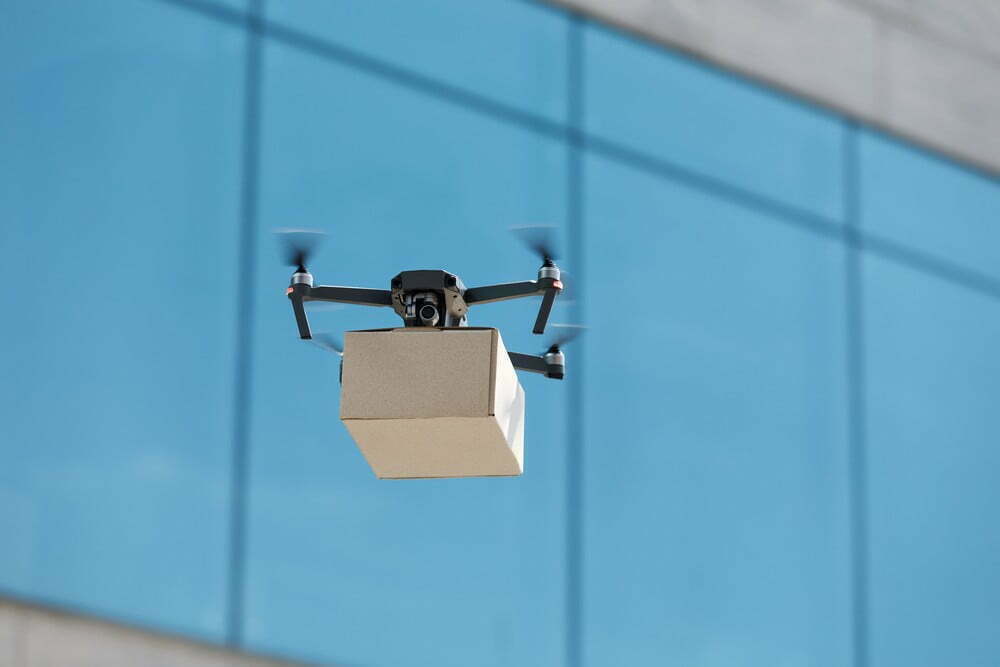
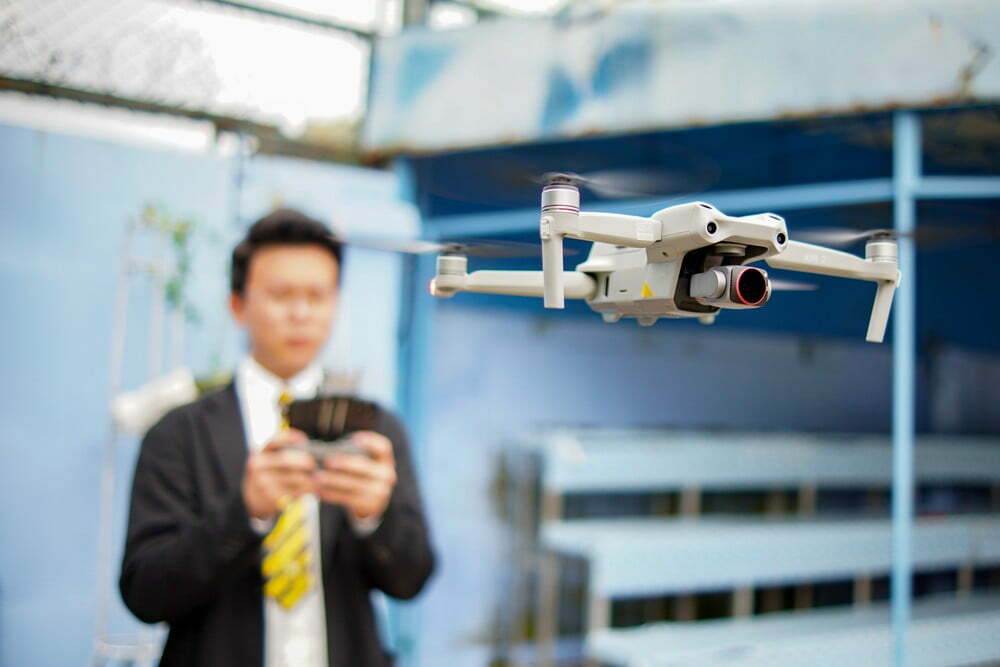
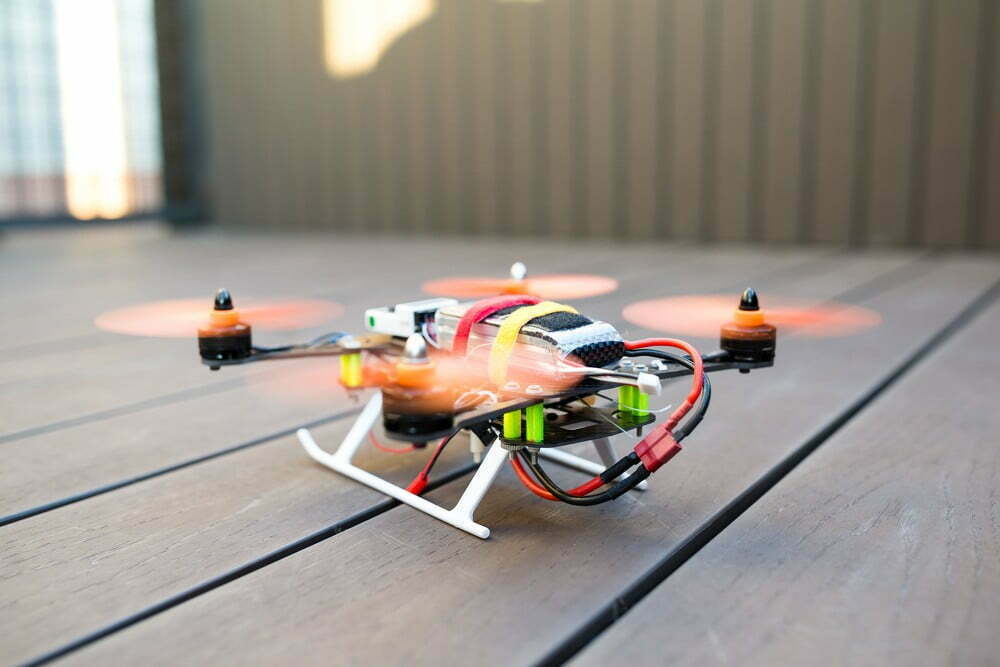
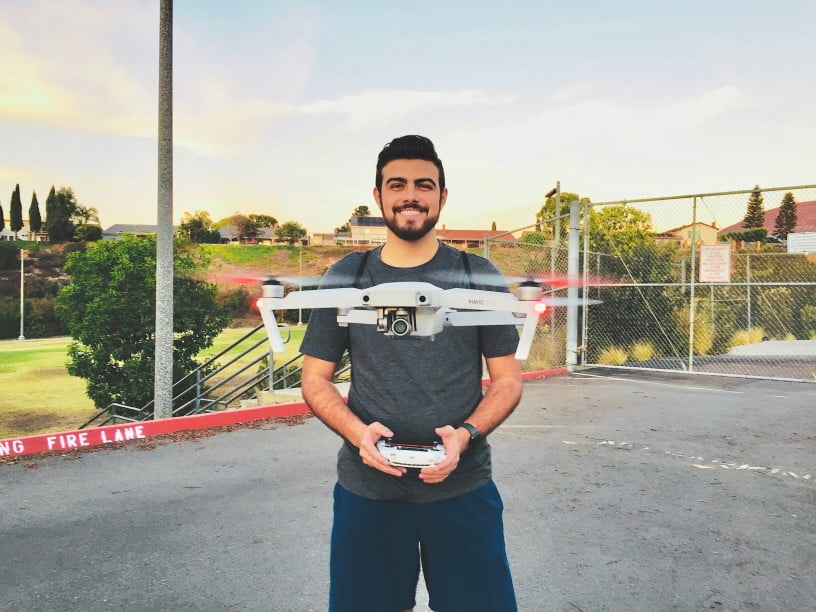
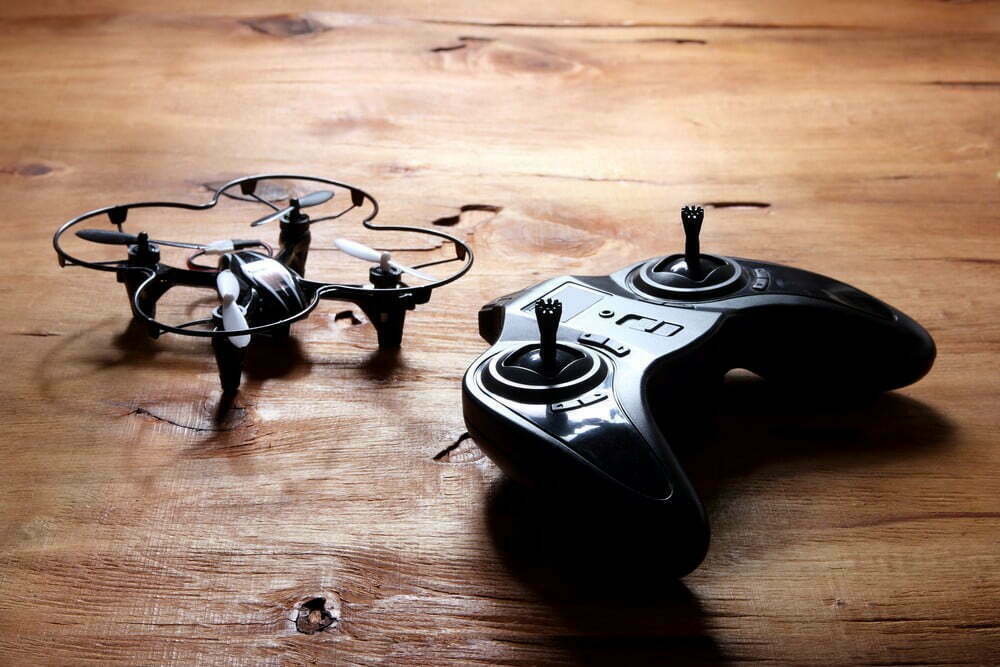
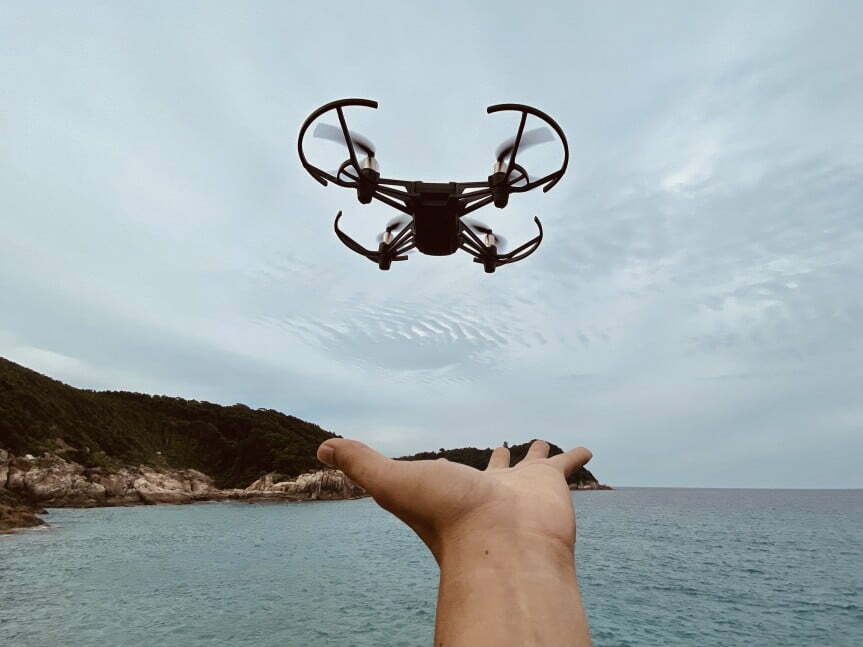
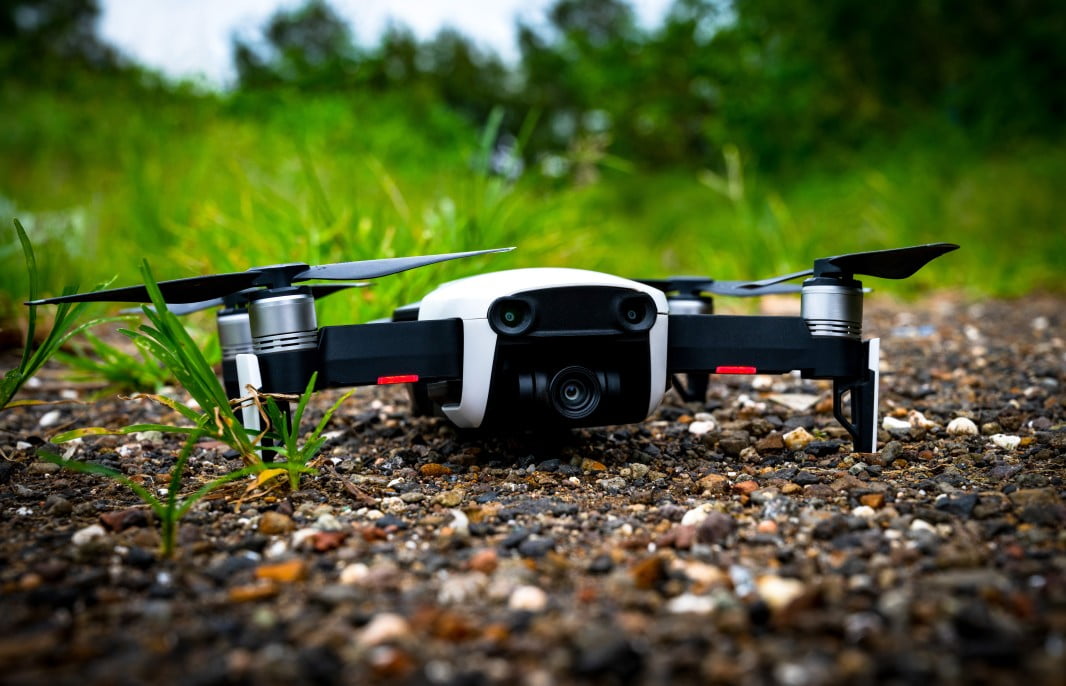
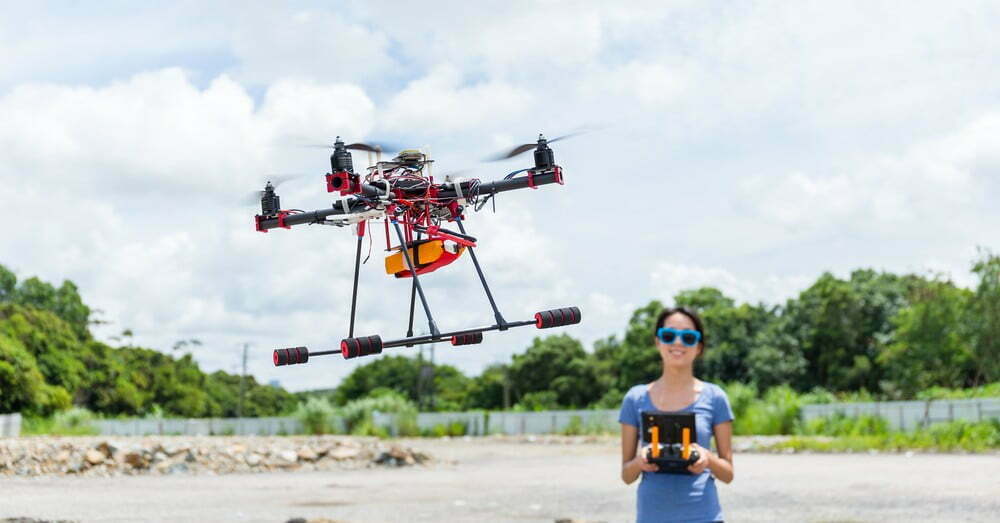
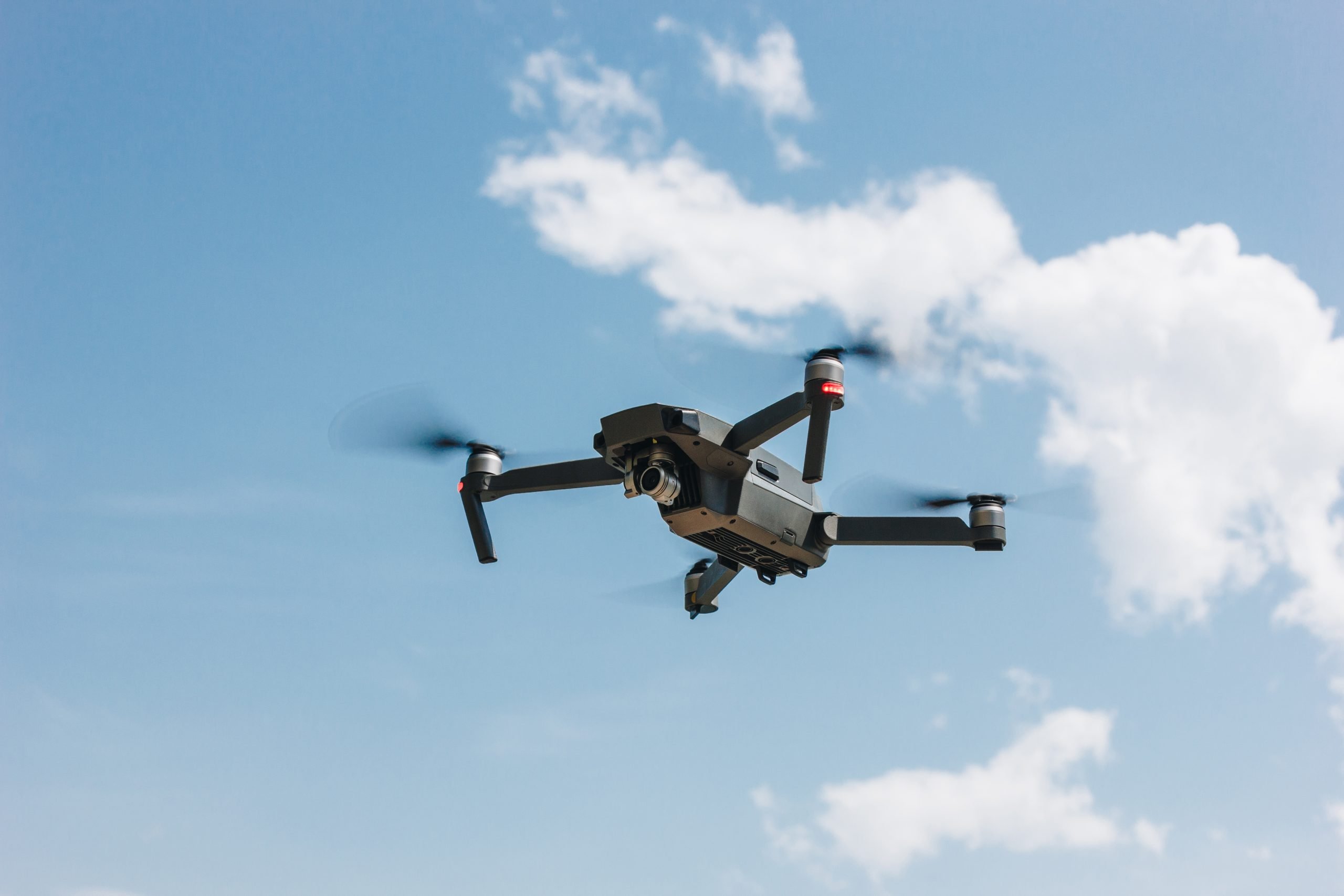
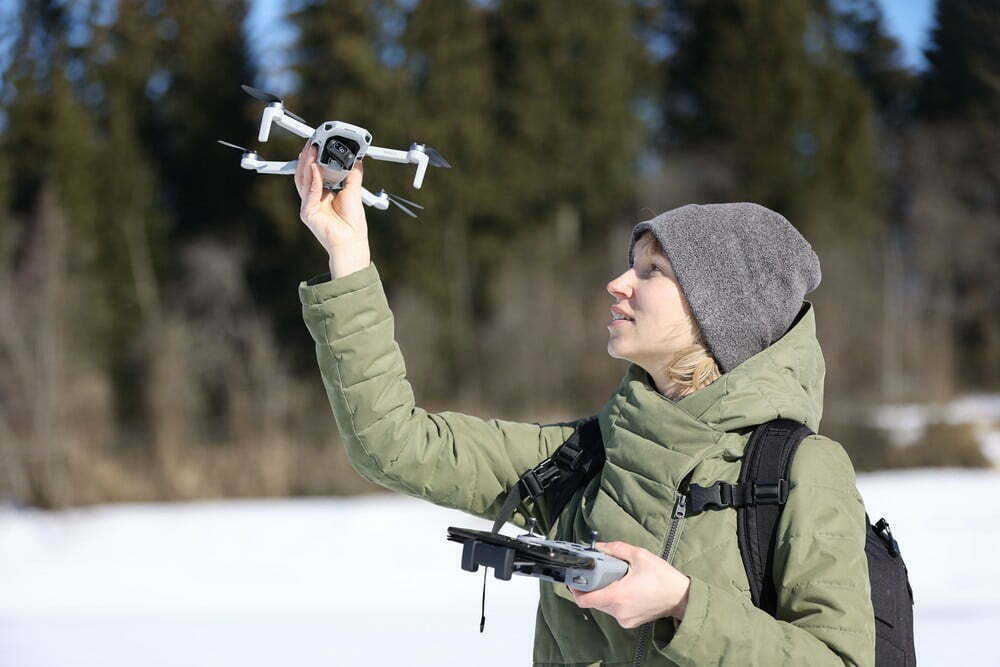
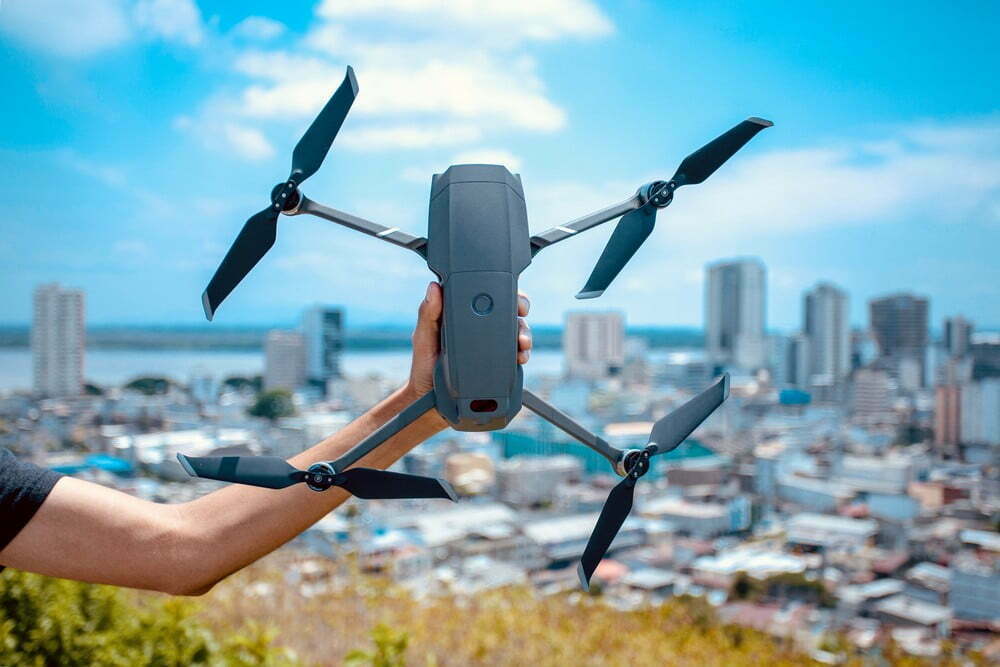
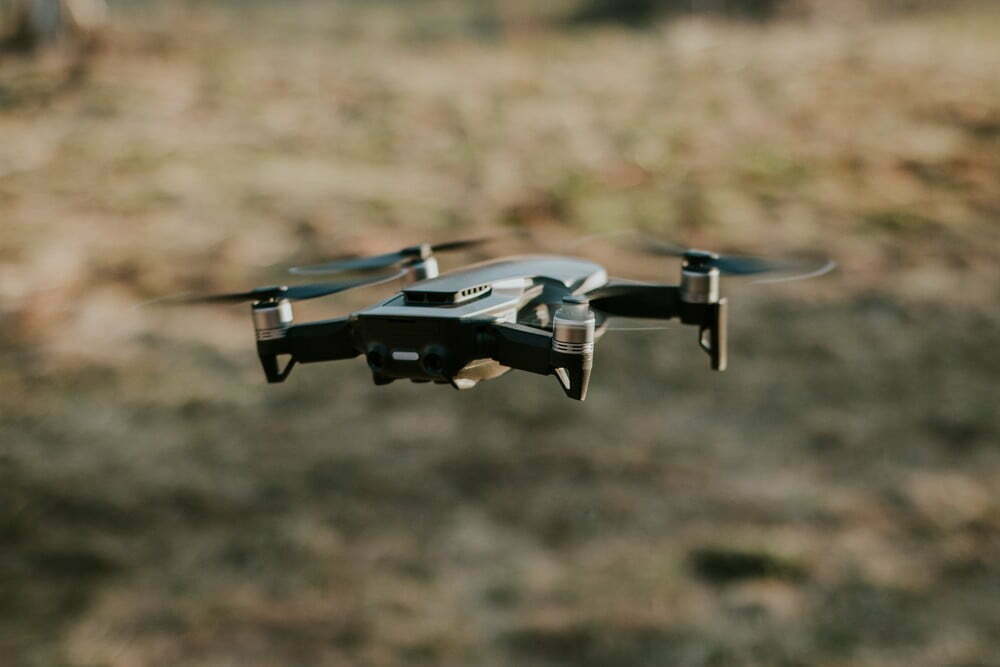
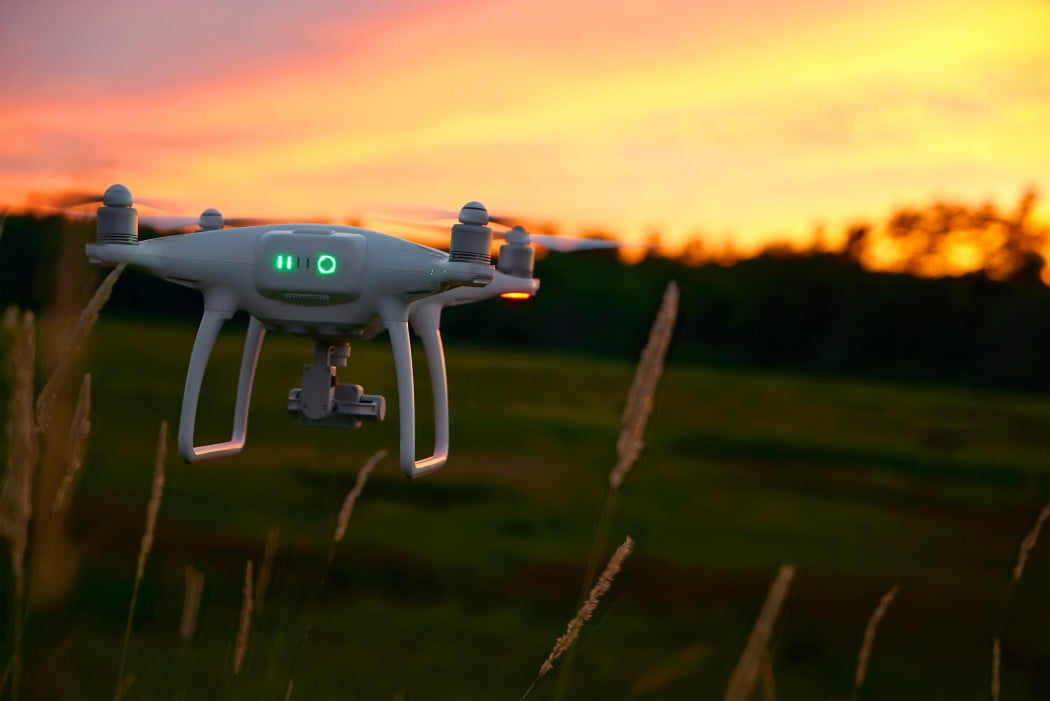
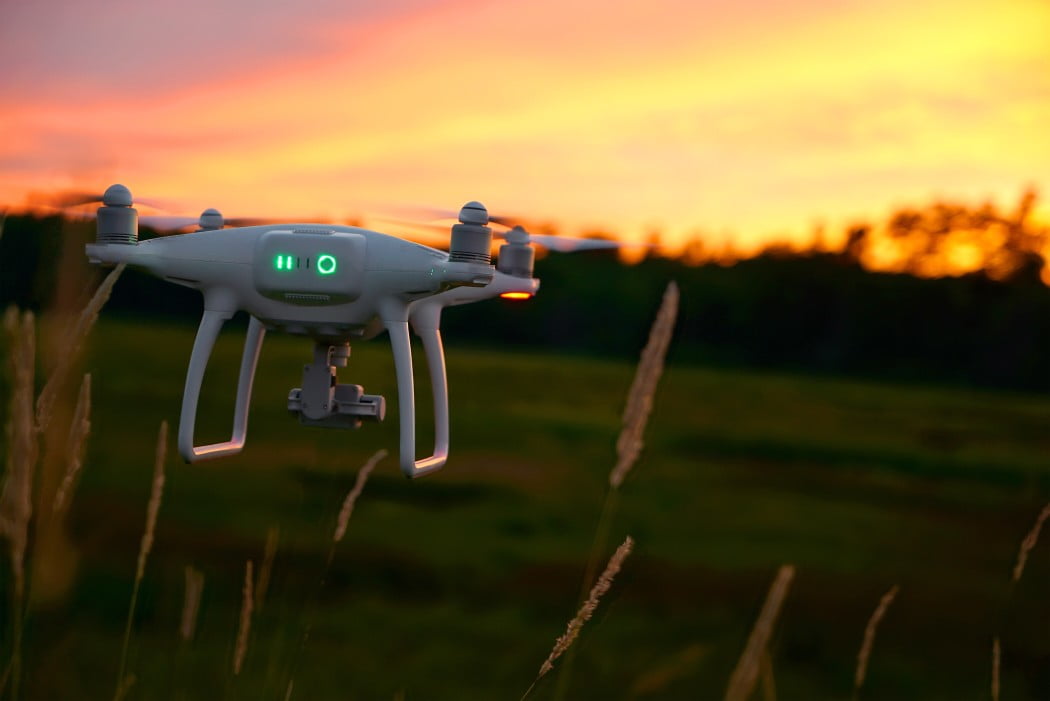
![Best Drones Under the Cost of Ferrari in [year] 26 Best Drones Under the Cost of Ferrari in 2025](https://www.gadgetreview.dev/wp-content/uploads/image-test-3.jpg)
![10 Best VR Drones in [year] 27 10 Best VR Drones in 2025](https://www.gadgetreview.dev/wp-content/uploads/Best-VR-Drone.jpg)
![10 Best Drones for Beginners in [year] 28 10 Best Drones for Beginners in 2025](https://www.gadgetreview.dev/wp-content/uploads/Best-Drones-for-Beginners.png)
![10 Best Indoor Drones in [year] 29 10 Best Indoor Drones in 2025](https://www.gadgetreview.dev/wp-content/uploads/Best-Indoor-Drone.jpeg)
![10 Best FPV Racing Drones in [year] 30 10 Best FPV Racing Drones in 2025](https://www.gadgetreview.dev/wp-content/uploads/Best-FPV-Racing-Drone-scaled-1.jpg)
![10 Best Selfie Drones in [year] 31 10 Best Selfie Drones in 2025](https://www.gadgetreview.dev/wp-content/uploads/Best-Selfie-Drones.jpg)
![10 Best Drones for GoPro in [year] 32 10 Best Drones for GoPro in 2025](https://www.gadgetreview.dev/wp-content/uploads/Best-Drone-for-GoPro-scaled-1.jpg)
![10 Best Drones for Kids in [year] 33 10 Best Drones for Kids in 2025](https://www.gadgetreview.dev/wp-content/uploads/Best-Drone-for-Kids-scaled-1.jpg)
![10 Best Professional Drones in [year] 34 10 Best Professional Drones in 2025](https://www.gadgetreview.dev/wp-content/uploads/Best-Professional-Drone.jpg)
![10 Best Fixed Wing Drones in [year] 35 10 Best Fixed Wing Drones in 2025](https://www.gadgetreview.dev/wp-content/uploads/Best-Fixed-Wing-Drone.jpg)
![10 Best Follow Me Drones in [year] 36 10 Best Follow Me Drones in 2025](https://www.gadgetreview.dev/wp-content/uploads/Best-Follow-Me-Drone.jpg)
![10 Best Foldable Drones in [year] 37 10 Best Foldable Drones in 2025](https://www.gadgetreview.dev/wp-content/uploads/best-foldable-drones.jpg)
![10 Best Drones for Travelling in [year] 38 10 Best Drones for Travelling in 2025](https://www.gadgetreview.dev/wp-content/uploads/best-drones-for-travelling.jpg)
